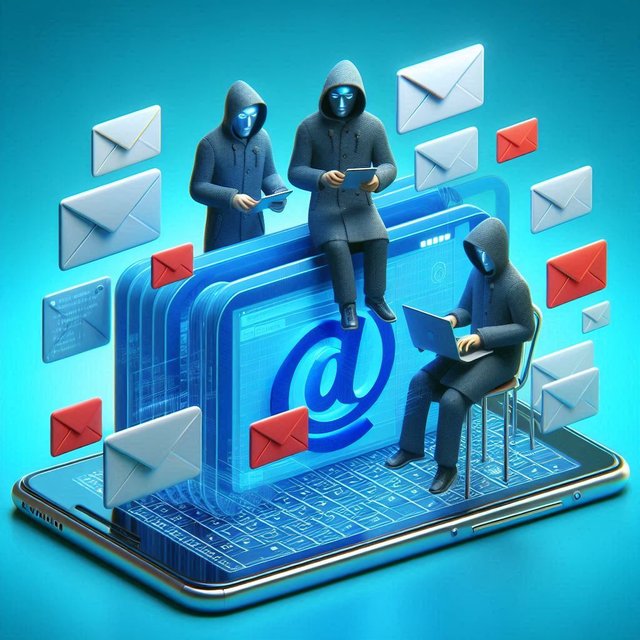
Phishing emails are a consistent hazard in our inboxes. These hoax emails are made to pretend to be somebody else who will steal your personal data and deceive you by clicking on corrupted links. Inspection is necessary and finding any of the fraud emails sent be happy to know that the Outlook's mobile app would come to the rescue by allowing you to report them in real time.
Here's how to fight back against phishing attempts and keep your inbox safe:
Identifying Phishing Emails
Before reporting, learn to recognize common phishing tactics. Phishing emails often contain:
Personalized Greetings: Instead of "Dear Customer," use your actual name.
Implication and Closed: Use a Demand urgently as a header or by adorning "Major Control Offer" to more demanding one.
Dodgy Attachments or URLs: You might not click on provided links or open unsolicited file attachments.
Syntax and Orthography Mistakes: One indicator of professional companies is compositional accuracy of email messages.
Demands to Hand in Personal Information: It is almost absurd to presume that a reputable firm will ask you for such valuable data only per e-mail communication.
Reporting Phishing Emails in Outlook Mobile
If you suspect an email is a phishing attempt in your Outlook mobile app, reporting it takes just a few steps:
Do not open the Phishing Email: Refrain from clicking any link and even responding to others.
Find the (Option) Action Menu: In the top right corner of the email, the three dots (...) it will be found.
Click on "Report Junk" or "Report Phishing": It's possible that you will see only one of the options as it depends on your app version.
Verify Your Action: To label the email phish, tap "Report".
What Happens When You Report a Phishing Email?
Through a report, you will probably have a role in helping Microsoft to's monitoring and spam blocker improve their antifraud function. The complained broke-in e-mail can be thrown away or left in your junk mail file. If you find the email in the list of returned or deleted emails. follows the instructions provided by your email provider to classify it correctly as spam.
Additional Tips for Staying Safe
Never open a suspicious link: Always make sure that the URL you are going to click is correct.
Two-factor Authentication (2FA): This is another safety net for your accounts by the means of another password.
Beaware of Spoofed E-mails: The attackers may send e-mail which seems to have something to do with the legitimate companies.
Report The Phishing Attempts Out Of Outlook: Forward the suspicious e-mails to your e-mail provider for further exploration.
Conclusion
While phishing emails can be very advanced, if you keep your eyes wide open and use Outlook's reporting tool, you can really make a big difference in keeping both yourself and others safe from the cybercriminals' scams. Always remember that an instant of being cautious can prevent you faced with a phishing headache. Therefore, be a responsible netizen and report away those fake emails and secure your inbox!